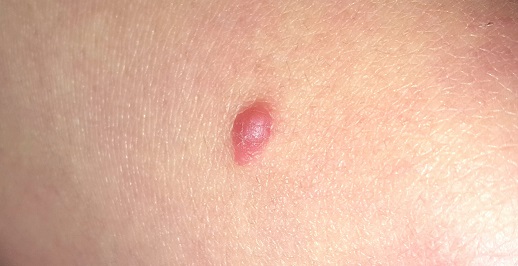Skin lesions that cause irritation such as itching, bleeding, pain, obstruction of vision/breathing/eating, may be removed for medical reasons. These lesions are often submitted for pathologic review to ensure that there is not an unusual or concerning process involved.

